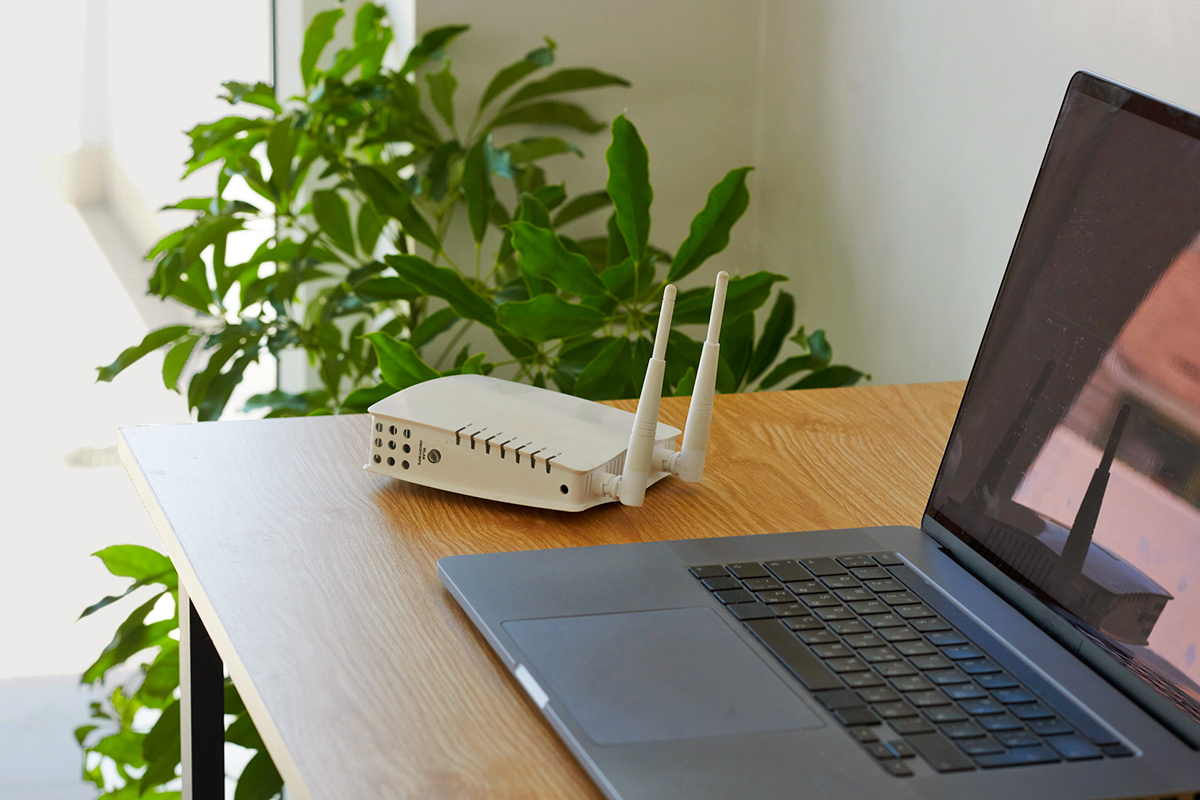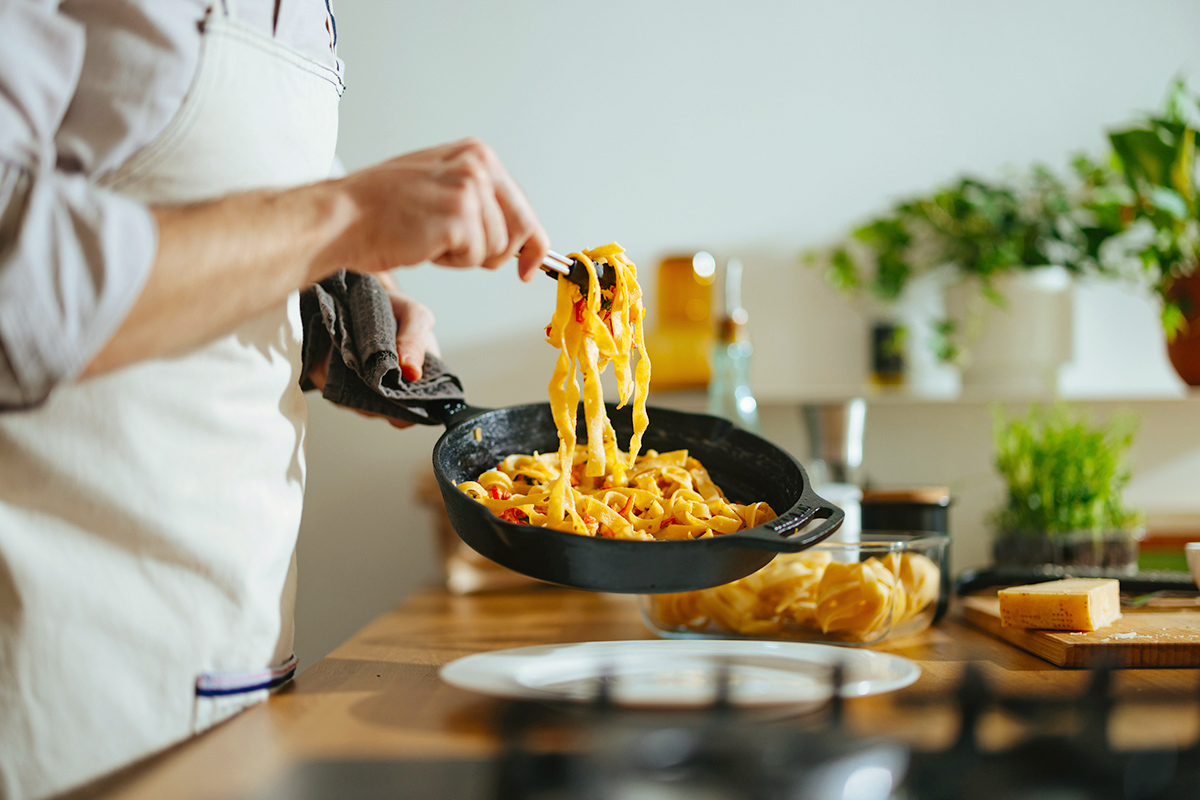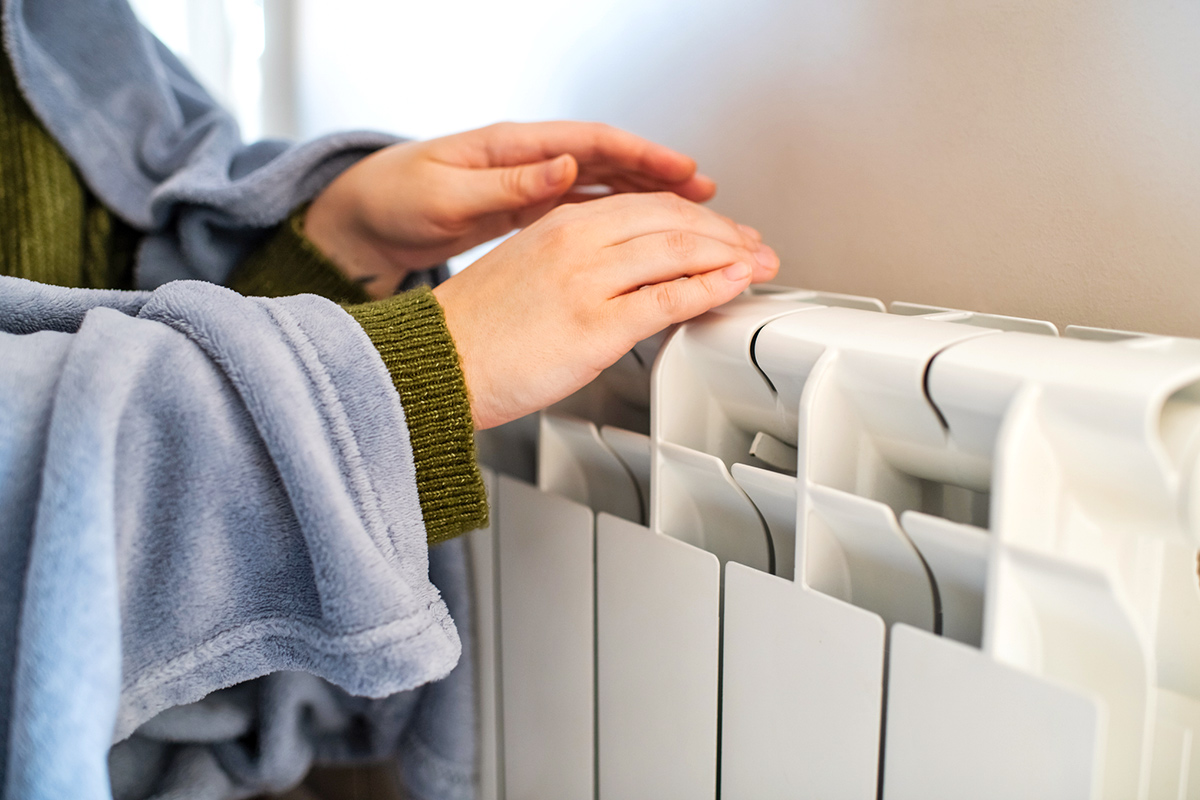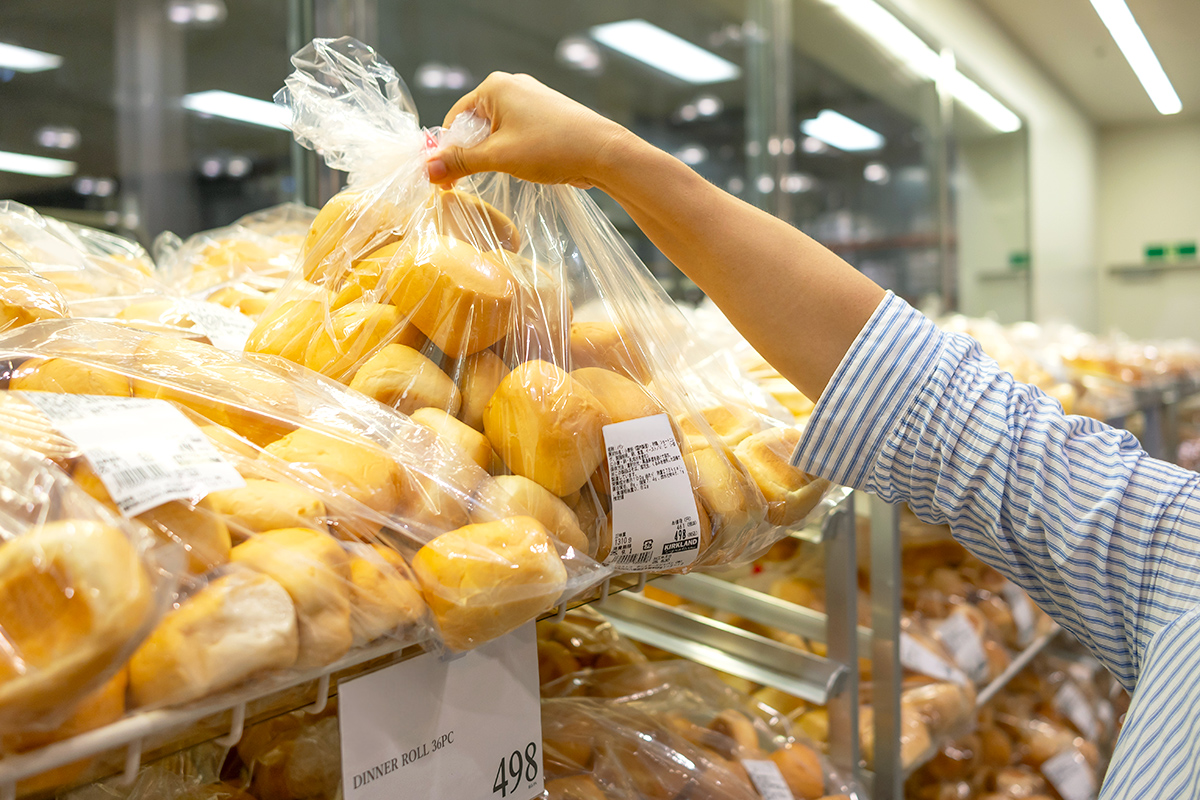“Is it time to throw this out?” is a question we’ve all asked ourselves on garbage day eve while examining a questionable food item. Discarding groceries you’ve paid for is painful, but some foods are outright dangerous if they’re past their prime.
As a trained chef and former food safety instructor, I’ll start by saying that nothing in your spice rack is going to make you sick just because it’s old. So the question of “How long do spices last?” is more about your budget and palate than actual food safety. Ultimately, the decision to replace them is yours to make.
Do Spices Expire?

If you pick a jar from your spice rack at random, you’ll probably see a date printed somewhere on the label or cap. To be clear, that’s not an expiration date. That’s a “best before” or “use by” date, which tells you how long the manufacturer expects the product to retain its best quality.
So what kind of shelf life do spices actually have? That depends on several factors, including how you store your spices, which I’ll address shortly. But let’s begin with some general guidelines:
1. Ground spices fade more quickly than whole spices.
2. Ground herbs fade more quickly than unground herbs.
3. Some herbs and spices hold their flavor better than others.
4. Herb and spice mixtures are unpredictable because of my previous point.
More from our network
House Outlook is part of Inbox Studio, which publishes content that uplifts, informs, and inspires.
How Long Do Spices Last?
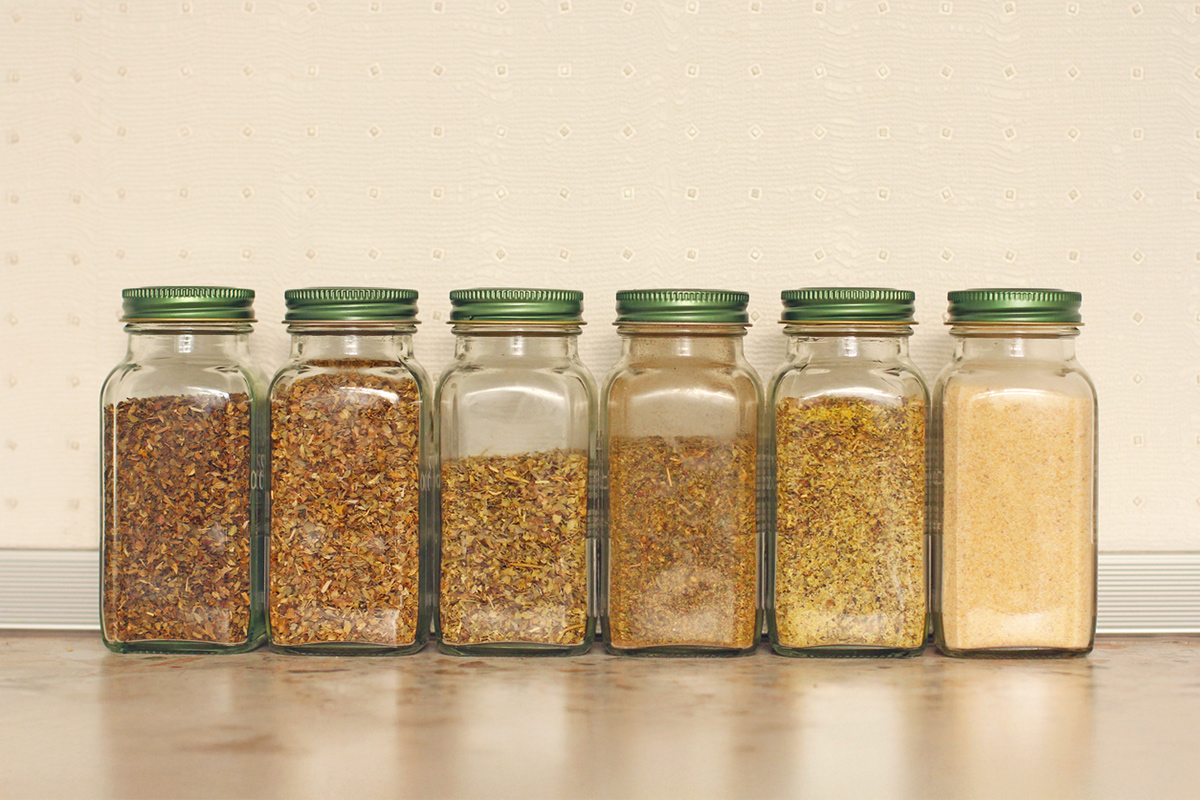
With that out of the way, what are the actual recommended storage times for herbs, spices, and extracts?
Whole spices: 3 to 4 years
Ground spices: 2 to 4 years
Ground dry herbs: 1 to 2 years
Unground dry herbs: 2 to 3 years
Seasoning blends: 1 to 2 years
Flavoring extracts: 2 to 3 years
Salt: Unlimited
To understand how and why spices last as long as they do, it’s important to consider a few key factors. First, oxidation (exposure to the air) damages most flavor molecules. That’s why sealed jars and resealable pouches are commonly used to package them. Second, grinding spices and herbs increases the amount of surface area exposed to oxygen. Third, many flavor molecules are volatile to begin with and fade rapidly after the spice or herb is ground.
If you love to cook or bake, there’s a strong case to be made for buying your herbs and spices whole. Each category listed above has a minimum and a maximum shelf life, but the unground version always outlasts the ground version, assuming they’re being stored the same way.


How To Store Spices and Herbs
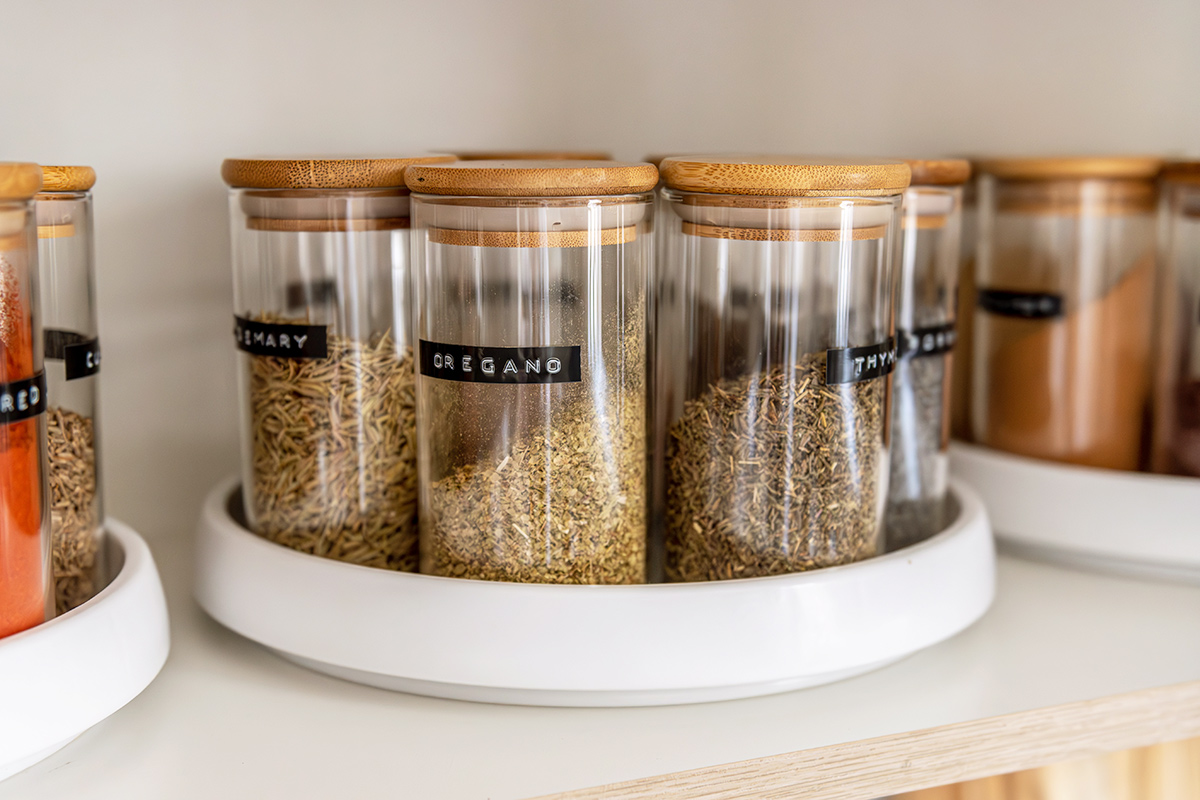
That brings us to my next point. One of the biggest determinants of how long your spices will last is how they’re stored. Many of us, myself included, have a spice rack next to the stove for cooking and baking, but this convenience comes at a cost to the quality of the spices. Why is that?
Well, here are a few things that can cause your spices to degrade more quickly:
• Direct light
• Heat
• Moisture
Your spices are guaranteed to encounter most, if not all, of these conditions when stored next to the stove. In my own kitchen, I have a wire rack for frequently used spices mounted to the wall, away from sunlight and the heat and steam of the stove and dishwasher. I use up those herbs and spices pretty quickly.
The rest of my spice and herb collection lives in my pantry, in a motley mixture of spice jars, wire bail jars, Mason jars, and resealable pouches. They’re separated into small bins with lids for added protection. Each bin holds spices, herbs, and extracts that I typically use together (e.g., warm baking spices), but feel free to devise your own organizing system. The most important thing is to store your spices in a place that’s dark, dry, well ventilated, and relatively cool (a combination that helps many foods last longer).
What To Consider When Decluttering Your Spice Rack
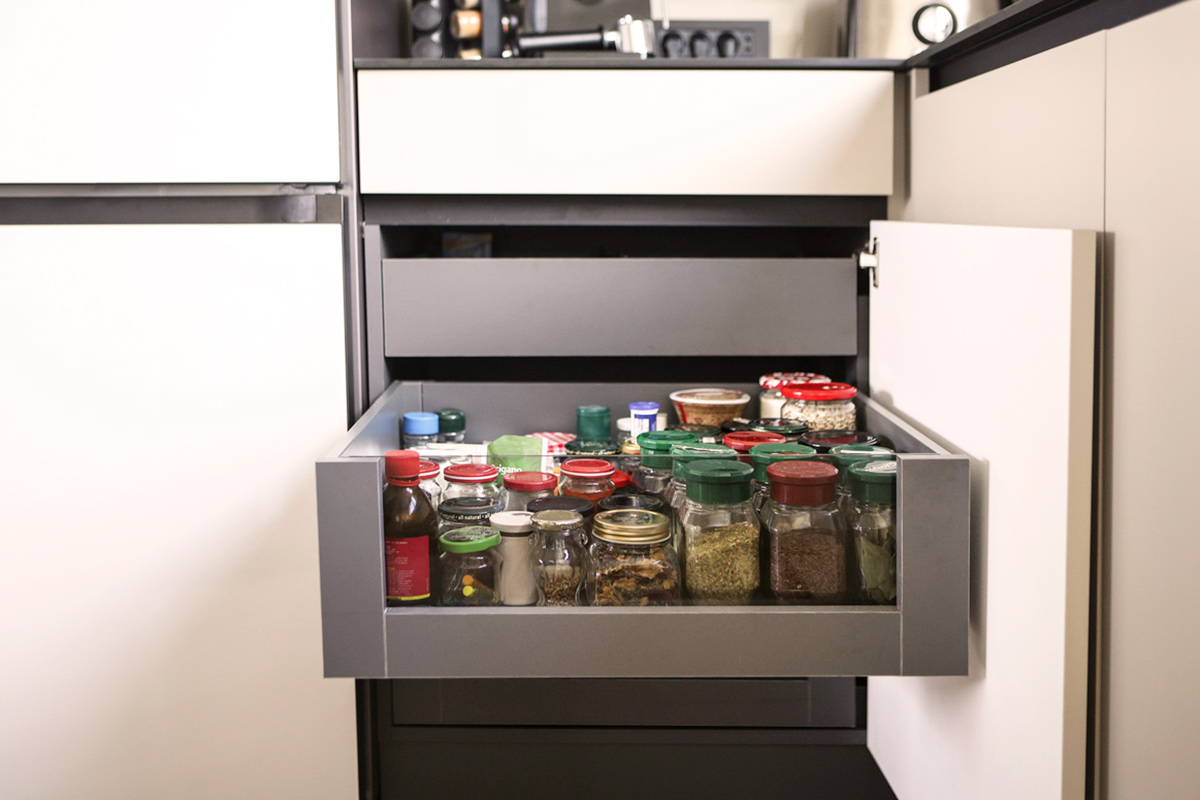
It’s the moment of truth: You’re standing in front of your spice collection, wondering what to keep and what to toss. First, I look for anything that’s really old, unidentifiable, or visibly faded (paprika should be vividly red, turmeric should be boldly yellow, etc). Next, I read the packaging dates. If they’re near or past their dates, I’ll open the bottle or pouch and do a “sniff test.” If the scent is faint, the flavor likely is too.
Some of my fellow chefs will tell you to toss anything older than six months, but I find that to be wasteful and a strain on my budget. If I’m uncertain whether a spice is still good, I’ll heat a pinch in a dry pan and smell it. If it’s still aromatic, I’ll keep it. (Bonus tip: Toasting a spice that’s a bit past its prime will liven it up and restore some of the flavor.)
I buy spices whole whenever possible, and dry many of my own herbs from the garden. The minor inconvenience of grinding spices is a trade-off I accept for fresher flavors, and I also have the right tools for the job.
Basic spice grinders are relatively inexpensive; I have a blade-type coffee grinder that I use most of the time. A mortar and pestle set is the classic tool, and I have (and use) a couple of those, too. In a pinch, you can use the bottom of a heavy pot or cast-iron skillet to crush them on a cutting board. Additionally, some spices, such as whole nutmeg and cinnamon sticks, can be grated using a grate plate or microplane.
Deciding when to toss a given spice or herb is ultimately a judgment call. As long as it still tastes good to you, feel free to give your grocery budget a break.












